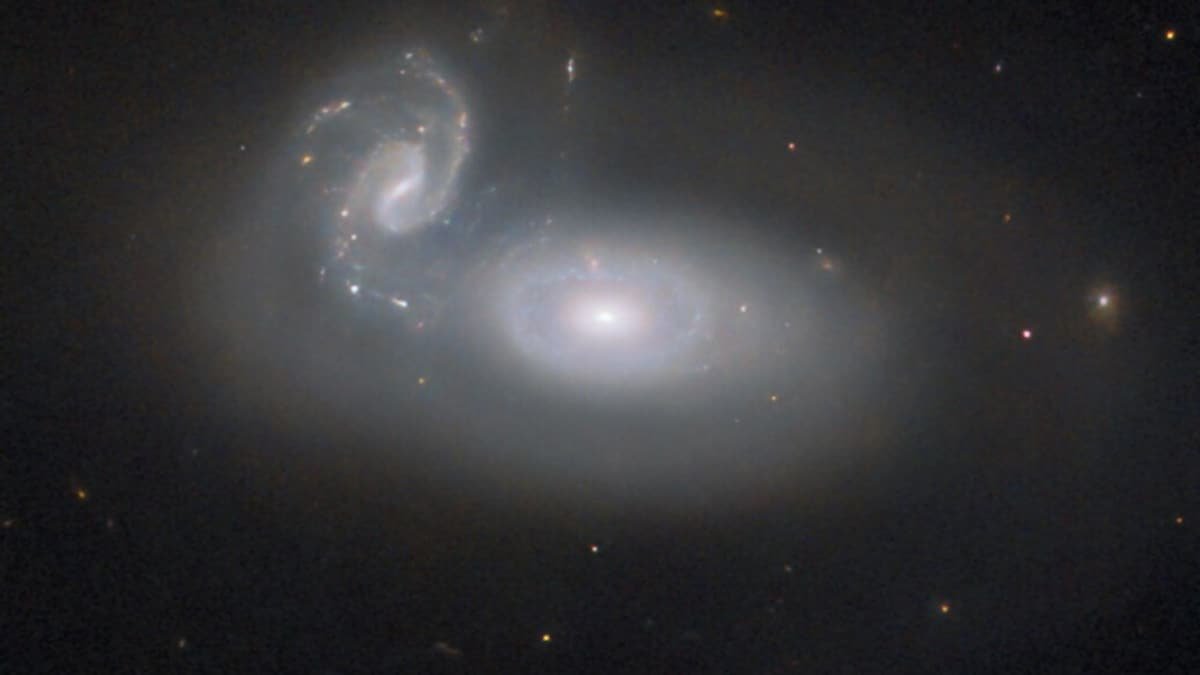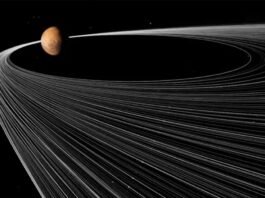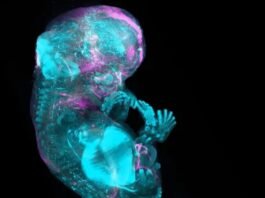The Coma Cluster: A Rich Galactic Collection
The Coma Cluster, house to this galactic interplay, is a dense assortment of over a thousand recognized galaxies. While most are elliptical in form, these varieties are sometimes created by gravitational interactions resembling collisions. During these occasions, the construction of spiral galaxies is disrupted, and their fuel is compressed, sparking bursts of recent star formation. Once the huge blue stars exhaust their power and die out, the galaxies are left with cooler, redder stars and little fuel to maintain additional star formation. Over time, such interactions end result within the formation of elliptical galaxies.
The Future of MCG+05-31-045
Scientists imagine that the identical transformation is underway for MCG+05-31-045. As the smaller galaxy merges into its bigger neighbour, gravitational forces will set off intense star formation. This section won’t final indefinitely. Once the new, huge stars die out, the ensuing construction is more likely to resemble the elliptical galaxies prevalent within the Coma Cluster. Despite the dramatic adjustments, this course of will unfold over thousands and thousands of years.
This picture, captured by Hubble and processed by R. J. Foley from UC Santa Cruz, showcases the intricate dynamics of galactic evolution, providing a glimpse into the way forward for galaxies formed by their cosmic interactions




